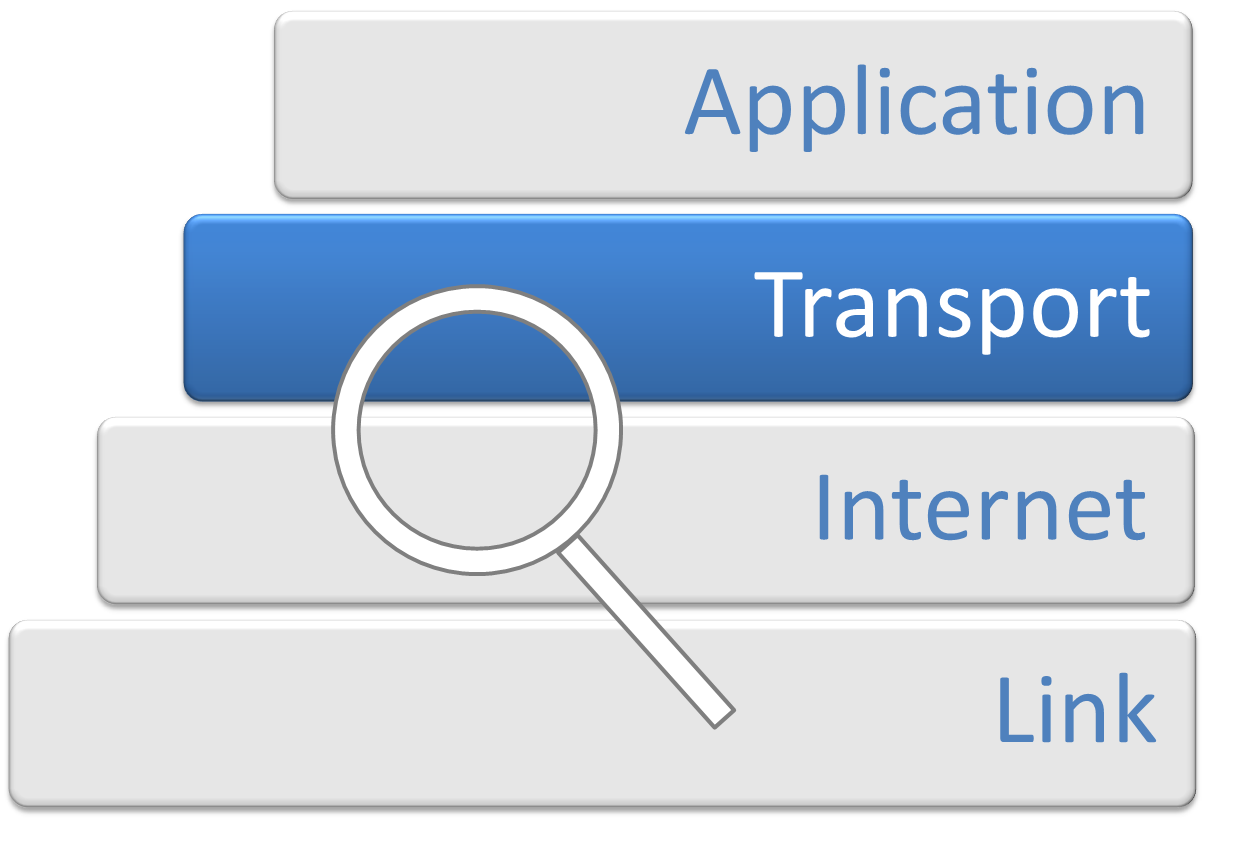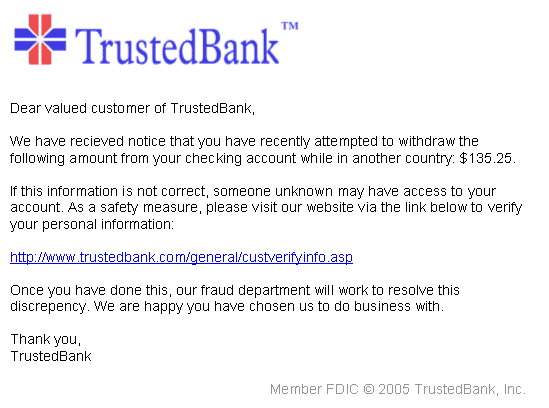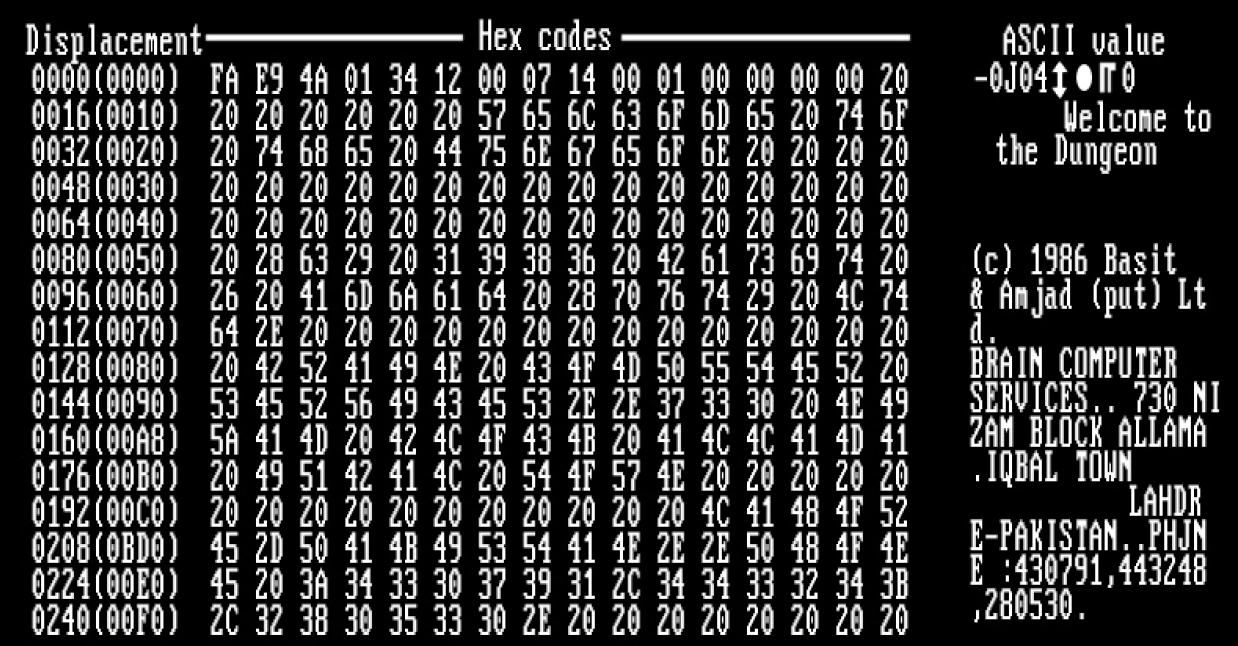|
DNS Cache Poisoning
DNS spoofing, also referred to as DNS cache poisoning, is a form of computer security hacking in which corrupt Domain Name System data is introduced into the DNS resolver's cache, causing the name server to return an incorrect result record, e.g. an IP address. This results in traffic being diverted to the attacker's computer (or any other computer). Overview of the Domain Name System A Domain Name System server translates a human-readable domain name (such as example.com) into a numerical IP address that is used to route communications between nodes. Normally if the server does not know a requested translation it will ask another server, and the process continues recursively. To increase performance, a server will typically remember (cache) these translations for a certain amount of time. This means if it receives another request for the same translation, it can reply without needing to ask any other servers, until that cache expires. When a DNS server has received a false ... [...More Info...] [...Related Items...] OR: [Wikipedia] [Google] [Baidu] |
Security Hacker
A security hacker is someone who explores methods for breaching defenses and exploiting weaknesses in a computer system or network. Hackers may be motivated by a multitude of reasons, such as profit, protest, information gathering, challenge, recreation, or evaluation of a system weaknesses to assist in formulating defenses against potential hackers. The subculture that has evolved around hackers is often referred to as the "computer underground". Longstanding controversy surrounds the meaning of the term " hacker." In this controversy, computer programmers reclaim the term ''hacker'', arguing that it refers simply to someone with an advanced understanding of computers and computer networks and that ''cracker'' is the more appropriate term for those who break into computers, whether computer criminals (black hats) or computer security experts ( white hats). A 2014 article noted that "the black-hat meaning still prevails among the general public". History Birth of subcul ... [...More Info...] [...Related Items...] OR: [Wikipedia] [Google] [Baidu] |
Spoofing Attack
In the context of information security, and especially network security, a spoofing attack is a situation in which a person or program successfully identifies as another by falsifying data, to gain an illegitimate advantage. Internet Spoofing and TCP/IP Many of the protocols in the TCP/IP suite do not provide mechanisms for authenticating the source or destination of a message, leaving them vulnerable to spoofing attacks when extra precautions are not taken by applications to verify the identity of the sending or receiving host. IP spoofing and ARP spoofing in particular may be used to leverage man-in-the-middle attacks against hosts on a computer network. Spoofing attacks which take advantage of TCP/IP suite protocols may be mitigated with the use of firewalls capable of deep packet inspection or by taking measures to verify the identity of the sender or recipient of a message. Domain name spoofing The term 'Domain name spoofing' (or simply though less accurately, 'Domain spo ... [...More Info...] [...Related Items...] OR: [Wikipedia] [Google] [Baidu] |
Application Layer
An application layer is an abstraction layer that specifies the shared communications protocols and interface methods used by hosts in a communications network. An ''application layer'' abstraction is specified in both the Internet Protocol Suite (TCP/IP) and the OSI model. Although both models use the same term for their respective highest-level layer, the detailed definitions and purposes are different. Internet protocol suite In the Internet protocol suite, the application layer contains the communications protocols and interface methods used in process-to-process communications across an Internet Protocol (IP) computer network. The application layer only standardizes communication and depends upon the underlying transport layer protocols to establish host-to-host data transfer channels and manage the data exchange in a client–server or peer-to-peer networking model. Though the TCP/IP application layer does not describe specific rules or data formats that applicatio ... [...More Info...] [...Related Items...] OR: [Wikipedia] [Google] [Baidu] |
Transport Layer
In computer networking, the transport layer is a conceptual division of methods in the layered architecture of protocols in the network stack in the Internet protocol suite and the OSI model. The protocols of this layer provide end-to-end communication services for applications. It provides services such as connection-oriented communication, reliability, flow control, and multiplexing. The details of implementation and semantics of the transport layer of the Internet protocol suite, which is the foundation of the Internet, and the OSI model of general networking are different. The protocols in use today in this layer for the Internet all originated in the development of TCP/IP. In the OSI model the transport layer is often referred to as Layer 4, or L4, while numbered layers are not used in TCP/IP. The best-known transport protocol of the Internet protocol suite is the Transmission Control Protocol (TCP). It is used for connection-oriented transmissions, whereas the co ... [...More Info...] [...Related Items...] OR: [Wikipedia] [Google] [Baidu] |
List Of Internet Top-level Domains
This list of Internet top-level domains (TLD) contains top-level domains, which are those domains in the DNS root zone of the Domain Name System of the Internet. A list of the top-level domains by the Internet Assigned Numbers Authority (IANA) is maintained at the Root Zone Database. IANA also oversees the approval process for new proposed top-level domains for ICANN. , their root domain contains 1502 top-level domains. , the IANA root database includes 1589 TLDs. That also includes 68 that are not assigned (revoked), 8 that are retired and 11 test domains. Those are not represented in IANA's listing and are not in root.zone file (root.zone file also includes one root domain). Types IANA distinguishes the following groups of top-level domains: * infrastructure top-level domain (ARPA) * generic top-level domains (gTLD) * generic-restricted top-level domains (grTLD) * sponsored top-level domains (sTLD) * country code top-level domains (ccTLD) * test top-level domains (tTL ... [...More Info...] [...Related Items...] OR: [Wikipedia] [Google] [Baidu] |
Top Level Domain
A top-level domain (TLD) is one of the domains at the highest level in the hierarchical Domain Name System of the Internet after the root domain. The top-level domain names are installed in the root zone of the name space. For all domains in lower levels, it is the last part of the domain name, that is, the last non empty label of a fully qualified domain name. For example, in the domain name www.example.com, the top-level domain is .com. Responsibility for management of most top-level domains is delegated to specific organizations by the ICANN, an Internet multi-stakeholder community, which operates the Internet Assigned Numbers Authority (IANA), and is in charge of maintaining the DNS root zone. History Originally, the top-level domain space was organized into three main groups: ''Countries'', ''Categories'', and ''Multiorganizations''. An additional ''temporary'' group consisted of only the initial DNS domain, arpa, and was intended for transitional purposes toward t ... [...More Info...] [...Related Items...] OR: [Wikipedia] [Google] [Baidu] |
Public Key Certificate
In cryptography, a public key certificate, also known as a digital certificate or identity certificate, is an electronic document used to prove the validity of a public key. The certificate includes information about the key, information about the identity of its owner (called the subject), and the digital signature of an entity that has verified the certificate's contents (called the issuer). If the signature is valid, and the software examining the certificate trusts the issuer, then it can use that key to communicate securely with the certificate's subject. In email encryption, code signing, and e-signature systems, a certificate's subject is typically a person or organization. However, in Transport Layer Security (TLS) a certificate's subject is typically a computer or other device, though TLS certificates may identify organizations or individuals in addition to their core role in identifying devices. TLS, sometimes called by its older name Secure Sockets Layer (SSL), is not ... [...More Info...] [...Related Items...] OR: [Wikipedia] [Google] [Baidu] |
Cryptographic Nonce
In cryptography, a nonce is an arbitrary number that can be used just once in a cryptographic communication. It is often a random or pseudo-random number issued in an authentication protocol to ensure that old communications cannot be reused in replay attacks. They can also be useful as initialization vectors and in cryptographic hash functions. Definition A nonce is an arbitrary number used only once in a cryptographic communication, in the spirit of a nonce word. They are often random or pseudo-random numbers. Many nonces also include a timestamp to ensure exact timeliness, though this requires clock synchronisation between organisations. The addition of a client nonce ("cnonce") helps to improve the security in some ways as implemented in digest access authentication. To ensure that a nonce is used only once, it should be time-variant (including a suitably fine-grained timestamp in its value), or generated with enough random bits to ensure a insignificantly low cha ... [...More Info...] [...Related Items...] OR: [Wikipedia] [Google] [Baidu] |
BIND
BIND () is a suite of software for interacting with the Domain Name System (DNS). Its most prominent component, named (pronounced ''name-dee'': , short for ''name daemon''), performs both of the main DNS server roles, acting as an authoritative name server for DNS zones and as a recursive resolver in the network. As of 2015, it is the most widely used domain name server software, and is the ''de facto'' standard on Unix-like operating systems. Also contained in the suite are various administration tools such as nsupdate and dig, and a DNS resolver interface library. The software was originally designed at the University of California, Berkeley (UCB) in the early 1980s. The name originates as an acronym of ''Berkeley Internet Name Domain'', reflecting the application's use within UCB. The latest version is BIND 9, first released in 2000 and still actively maintained by the Internet Systems Consortium (ISC) with new releases issued several times a year. Key features BIND 9 ... [...More Info...] [...Related Items...] OR: [Wikipedia] [Google] [Baidu] |
Phishing
Phishing is a type of social engineering where an attacker sends a fraudulent (e.g., spoofed, fake, or otherwise deceptive) message designed to trick a person into revealing sensitive information to the attacker or to deploy malicious software on the victim's infrastructure like ransomware. Phishing attacks have become increasingly sophisticated and often transparently mirror the site being targeted, allowing the attacker to observe everything while the victim is navigating the site, and transverse any additional security boundaries with the victim. As of 2020, phishing is by far the most common attack performed by cybercriminals, the FBI's Internet Crime Complaint Centre recording over twice as many incidents of phishing than any other type of computer crime. The first recorded use of the term "phishing" was in the cracking toolkit AOHell created by Koceilah Rekouche in 1995; however, it is possible that the term was used before this in a print edition of the hacker maga ... [...More Info...] [...Related Items...] OR: [Wikipedia] [Google] [Baidu] |
Computer Virus
A computer virus is a type of computer program that, when executed, replicates itself by modifying other computer programs and inserting its own code. If this replication succeeds, the affected areas are then said to be "infected" with a computer virus, a metaphor derived from biological viruses. Computer viruses generally require a host program. The virus writes its own code into the host program. When the program runs, the written virus program is executed first, causing infection and damage. A computer worm does not need a host program, as it is an independent program or code chunk. Therefore, it is not restricted by the host program, but can run independently and actively carry out attacks. Virus writers use social engineering deceptions and exploit detailed knowledge of security vulnerabilities to initially infect systems and to spread the virus. Viruses use complex anti-detection/stealth strategies to evade antivirus software. Motives for creating viruses can inclu ... [...More Info...] [...Related Items...] OR: [Wikipedia] [Google] [Baidu] |

.jpg)



